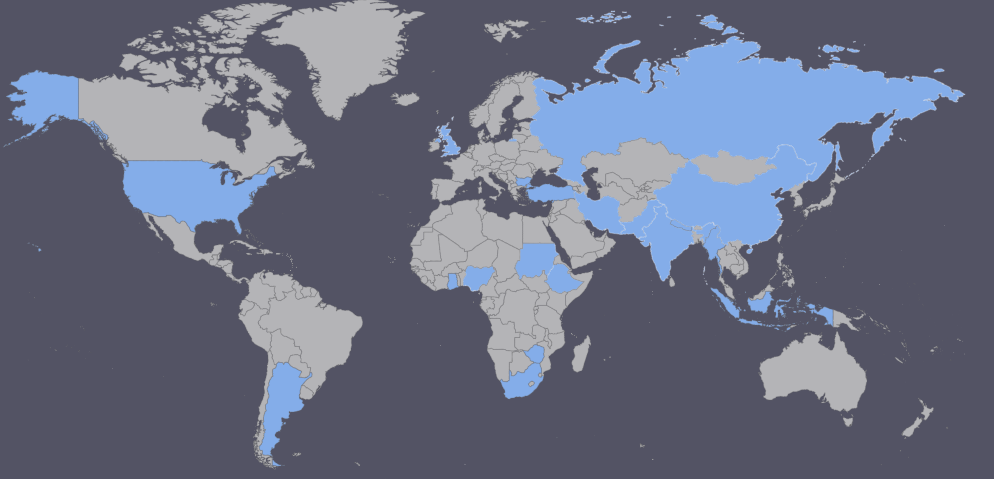Calculation of Bottomhole Pressure in Two-Phase Wells Using Beggs and Brill Method: Sensitivity Analysis
Keywords:
Two-phase flow, Beggs and Brill method, Sensitivity analysis, Pressure profile, Liquid hold-upAbstract
This paper presents a comprehensive workflow for calculating the pressure profile and liquid hold-up in two-phase wells using the Beggs and Brill method. The workflow includes estimation of velocities, flow regime transition and liquid hold-up calculation, potential energy gradient, frictional pressure gradient, and pressure gradient. Sensitivity analyses are performed to investigate the impact of gas-oil ratio, flux, borehole pressure, and fluid densities on the pressure profile and liquid hold-up. The analyses show that an increase in the gas-oil ratio is translated as a downward displacement of the flow regime transition, while increasing the flux at constant GOR increases the frictional energy differential pressure and displaces the flow regime conversion from intermittent to distributed. Increasing the borehole pressure displaces upwards the transition between flow regimes. Density changes have little effect on the frictional energy profile and a slight effect on the jump observed for the liquid hold-up. The workflow presented provides an accurate determination of the impact of various parameters on the pressure profile and liquid hold-up in two-phase wells using the Beggs and Brill method.
References
Beggs, H.D., Brill, J.P., 1969. A Study of Two-Phase Flow in Inclined Pipes. Journal of Petroleum Technology 21 (5), 607-617.
Brill, J.P., Beggs, H.D., 1965. Two-Phase Flow in Pipes. SPE Journal 5 (2), 115-124.
Liao, S., et al., 2003. A Study on the Hydrodynamic Characteristics of Gas-Liquid Two-Phase Flow in a Vertical Annulus. Journal of Petroleum Science and Engineering 37 (1-2), 27-42.
Downloads
Published
Issue
Section
License
The authors keep the copyrights of the published materials with them, but the authors are aggee to give an exclusive license to the publisher that transfers all publishing and commercial exploitation rights to the publisher. The puslisher then shares the content published in this journal under CC BY-NC-ND license.



